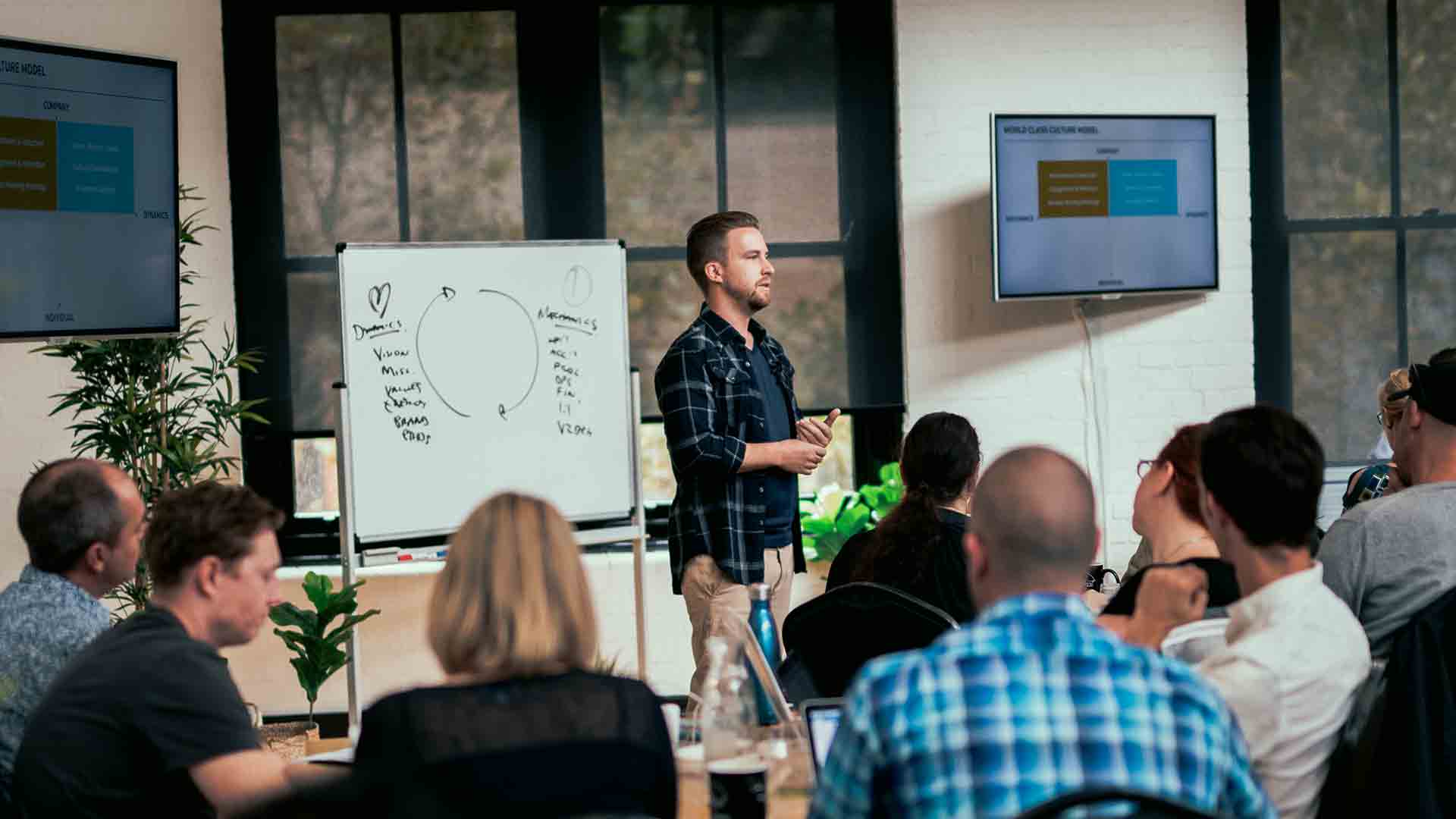Pitch Perfect: 3 Things Every Presentation Needs

Pitching a product or service can be the make-or-break moment for any business. It's the moment when you have to convince potential clients that your offering is not only valuable but the best option for them.
Your ability to deliver a persuasive presentation is critical to your success. Whether you're pitching to a B2B client or a B2C customer, your presentation must capture their attention and compel them to take action.
But what separates an effective presentation from a forgettable one? To help you make the most out of your presentations, here are three things that every pitch needs:
1. Compelling Storytelling
Once upon a time… a species developed the trait of storytelling as a way to pass on survival skills through a learned culture…. Chances are that this first line caught your attention because humans are hardwired to respond to stories. As a sales professional, your ability to tell a compelling story can be the difference between a forgettable presentation and a pitch-perfect one. Your story should be relevant to your audience and illustrate the benefits of your product or service in a memorable way. A great presentation needs a great story that can help you connect with your audience on an emotional level, making them more receptive to your message. Your story should be relatable and relevant to your audience. It should show how your product or service can help solve their problems, meet their needs, or achieve their goals.
For a B2B presentation, let's say you are pitching a software solution to streamline HR processes. Your story could be about a hypothetical company struggling to keep up with their HR demands due to outdated systems. You could share the pain points and inefficiencies they face, leading up to the point where they discovered your software solution. You can then highlight the benefits and improvements that the company enjoyed after using your software.
For a B2C presentation, let's say you are pitching a new line of eco-friendly cleaning products. Your story could be about the impact of traditional cleaning products on the environment and how your products are a better alternative. You could also share the benefits of using your products, such as their effectiveness and safety for people and pets.
Your value proposition, (sometimes called a unique selling proposition) is the heart of your presentation. It should clearly and concisely communicate what makes your product or service unique and valuable.
This is particularly important in B2B sales, where decision-makers are often evaluating multiple vendors with similar offerings. Your value proposition needs to differentiate your company and clearly demonstrate the benefits of working with you.
For a B2B presentation, let's say you are pitching a marketing automation platform. Your value proposition could be something like "Our platform automates your marketing processes, saves you time and money, and drives better results." You could then explain how your platform achieves these benefits, such as through personalised campaigns, analytics, and lead generation tools.
In a B2C context, your value proposition might be more emotionally-driven. For example, if you're selling a luxury watch to a customer, your value proposition might focus on the craftsmanship and attention to detail that sets your watch apart from others on the market. The key is to clearly communicate what makes your product or service unique and valuable to your audience.
3. A Clear Call to Action
Your presentation should end with a clear call to action that tells your audience what you want them to do next. This could be scheduling a follow-up meeting, placing an order, or signing up for a free trial. Your call to action should be specific, actionable, and communicated with confidence.
For example, if you're selling a B2B client on your CRM software, your call to action might be: "Based on what we've discussed today, I believe our CRM software would be a great fit for your business. Let's schedule a follow-up meeting to discuss next steps." This call to action is specific, actionable, and communicates confidence in your product.
In a B2C context, your call to action might be: "If you're interested in learning more about our luxury watches, I'd be happy to show you our latest collection after the presentation. Let's connect after the event." The key is to provide a clear call to action that tells your audience what you want them to do next.
Do you know what your UVP is? How do you tell a great story? Have you nailed your CTA’s? If you want some assistance you can book a free call to HELP ME SELL MORE!!! Today.
Related Posts
Join the movement.
Your Entourage journey starts here. Join Australia's largest community of over 500,000 business owners and entrepreneurs, and receive instant access to exclusive content and updates delivered straight to your inbox.



